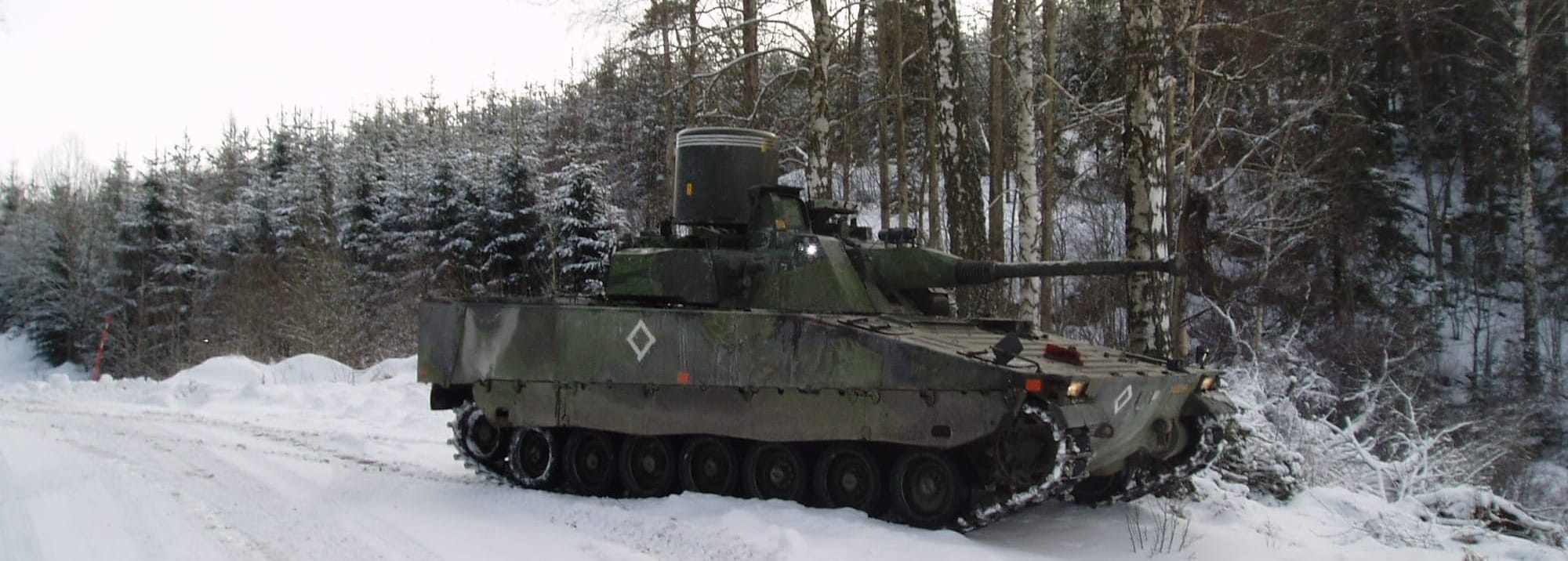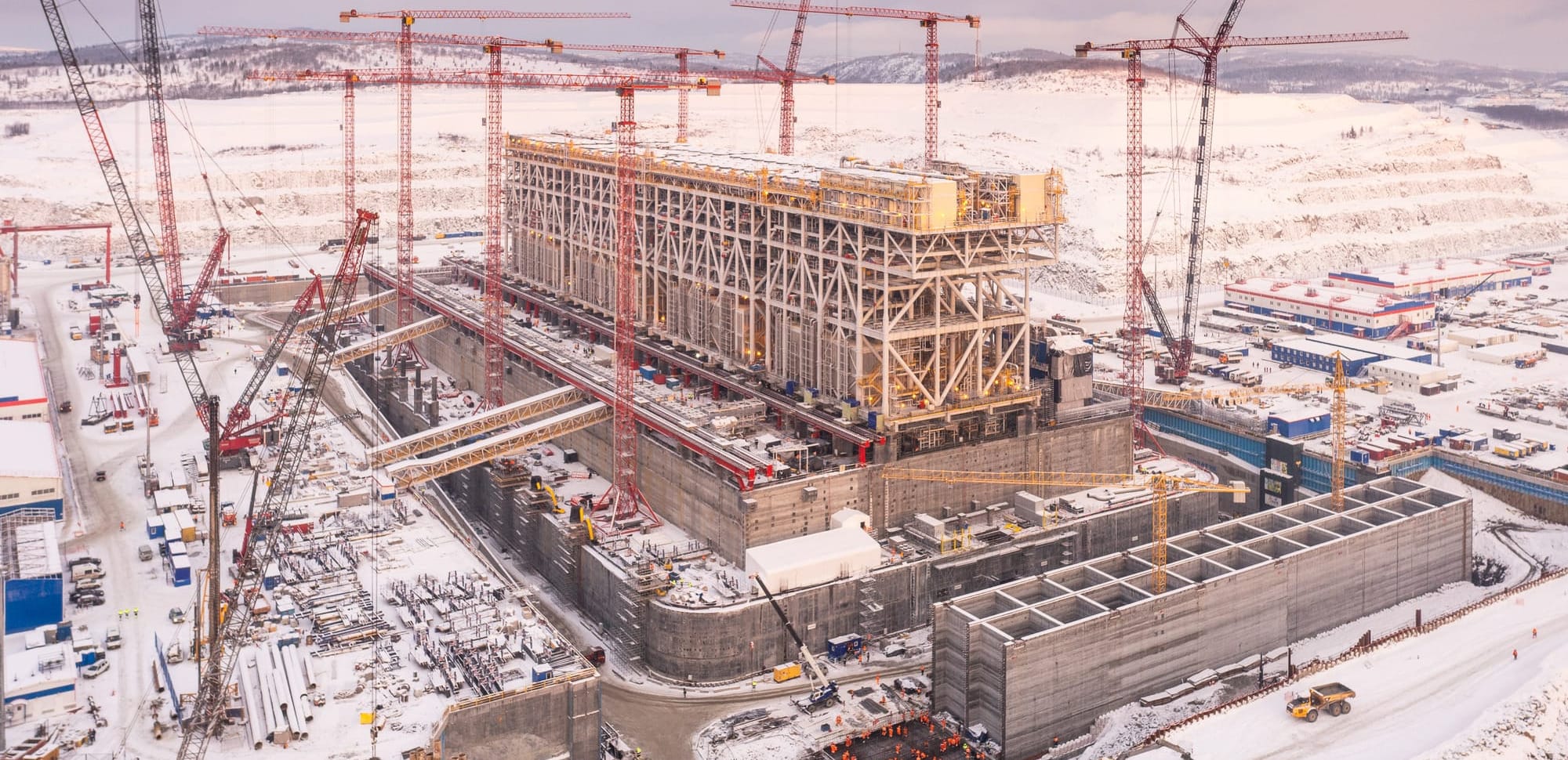The Arctic Debrief: Sweden aims to enhance Arctic readiness with boosted defence budget
In this edition: Sweden aims to enhance Arctic readiness with boosted defence budget; Russia carries out sea, land, and air nuclear exercises in Arctic region; and Novatek's Arctic LNG 2 Production Halted as Shadow Fleet Scheme Fails.

In this edition:
- Sweden aims to enhance Arctic readiness with boosted defence budget
- Russia carries out sea, land, and air nuclear exercises in Arctic region
- Novatek's Arctic LNG 2 Production Halted as Shadow Fleet Scheme Fails
Latest Developments
Sweden aims to enhance Arctic readiness with boosted defence budget

The Swedish Government has announced it will significantly increase its defence spending with a focus on stockpiling munitions, raising manpower, and creating new units. Sweden's total defence spending is estimated to reach 2.6% of GDP by 2028
Over the next six years, the government intends to provide the Swedish armed forces with an additional 170 billion kr (about €14.6 billion). This funding was announced in a document, titled "Swedish Total Defence Resolution," which highlights that the fact that " that an armed attack against Sweden or our allies can not be excluded."
Specifically the document notes that despite Russia's struggles in invading Ukraine, the country's air force, navy, missile forces and nuclear forces are still a threat to Sweden and its allies. It also points to non-lethal methods of aggression such as cyber attacks, hybrid warfare, and covert influence operations.
As part of the new funding, the Swedish military will look to create two mechanized brigades specialized in Arctic warfare. The brigades will receive new or upgrades equipment and vehicles which are designed to operate in extreme weather conditions. They will be developed in the Boden and Skövde municipalities.
Russia carries out sea, land, and air nuclear exercises in Arctic region

Russia has conducted a number of missile launches as part of the country's nuclear exercise taking place in the Barents Sea. Missiles capable of carrying nuclear warheads were launched from submarines, long-range bombers, and land platforms.
In a televised appearance in relation to the exercise, Russian President Vladimir Putin said the purpose of the exercise was to test the capabilities and skills of the country's armed forces and to test military tech. He also emphasized the country's ability to further improve and modernize its nuclear forces and its intentions to do so.
Although Putin also highlighted that the use of nuclear weapons would only happen in "extreme" and "exceptional" circumstances, it is evident that the demonstration was also acting as a deterrence to western nations.
The state announced several confirmed launches including:
• A Sineva missile, from the Northern Fleet's SSBN Novomoskovsk;
• A Bulava Missile from the Pacific Fleet's Borei-class Knyaz Oleg;
• A Yars Ballistic missile from the Plesetsk Cosmodrome in the Arkhangelsk region; and
• A cruise missile dropped from a Tu-95MS long range bomber.
Novatek's Arctic LNG 2 Production Halted as Shadow Fleet Scheme Fails

Novatek's Arctic LNG 2 was forced to completely shut down production after its "shadow fleet" failed to circumvent western sanctions. The facility's on-site storage are full without the ability to export any of its natural gas. The company tried to export gas produced at the facility using LNG carriers that would turn off their navigation transponders and secretly fill their tanks, but the scheme was foiled as the ships were quickly sanctioned by the US and its allies. Since these vessels and their parent companies were under sanction, they were unable to find a destination for their cargo. Additionally, ships are struggling to navigate Russia's Northern Sea Route as winter conditions worsen, severely limiting traffic through the region. Sea's throughout the NSR are forming ice quicker than expected, and Russia's limited ice-breaking fleet is not able to clear a path quickly enough. Meanwhile, Russian authorities have granted permission to a number of vessels that were not designed to navigate in harsh winter conditions. These ships are at risk of heavy damaging or sinking and may end up stuck in frozen waters. In 2021, more than 20 ships got stuck in the NSR after temperature began to suddenly drop and resulted in the rapid formation of sea-ice. It took several weeks to save the trapped sailors and ships.

